info@entwino.com Prefer talking? Schedule a call here
10 Must Read-Books for Designers
Design and branding are essential elements in the success of any product or service. From logos to user experience design, these aspects contribute to building a strong brand identity that resonates with customers. One way to learn more about these topics and enhance your design skills is to read books written by experts in the field. Whether you are a seasoned designer or just starting out, these books offer valuable insights and practical guidance that will help you take your skills to the next level. So, grab a cup of coffee and get ready to dive into the world of design and branding with our top ten book recommendations.
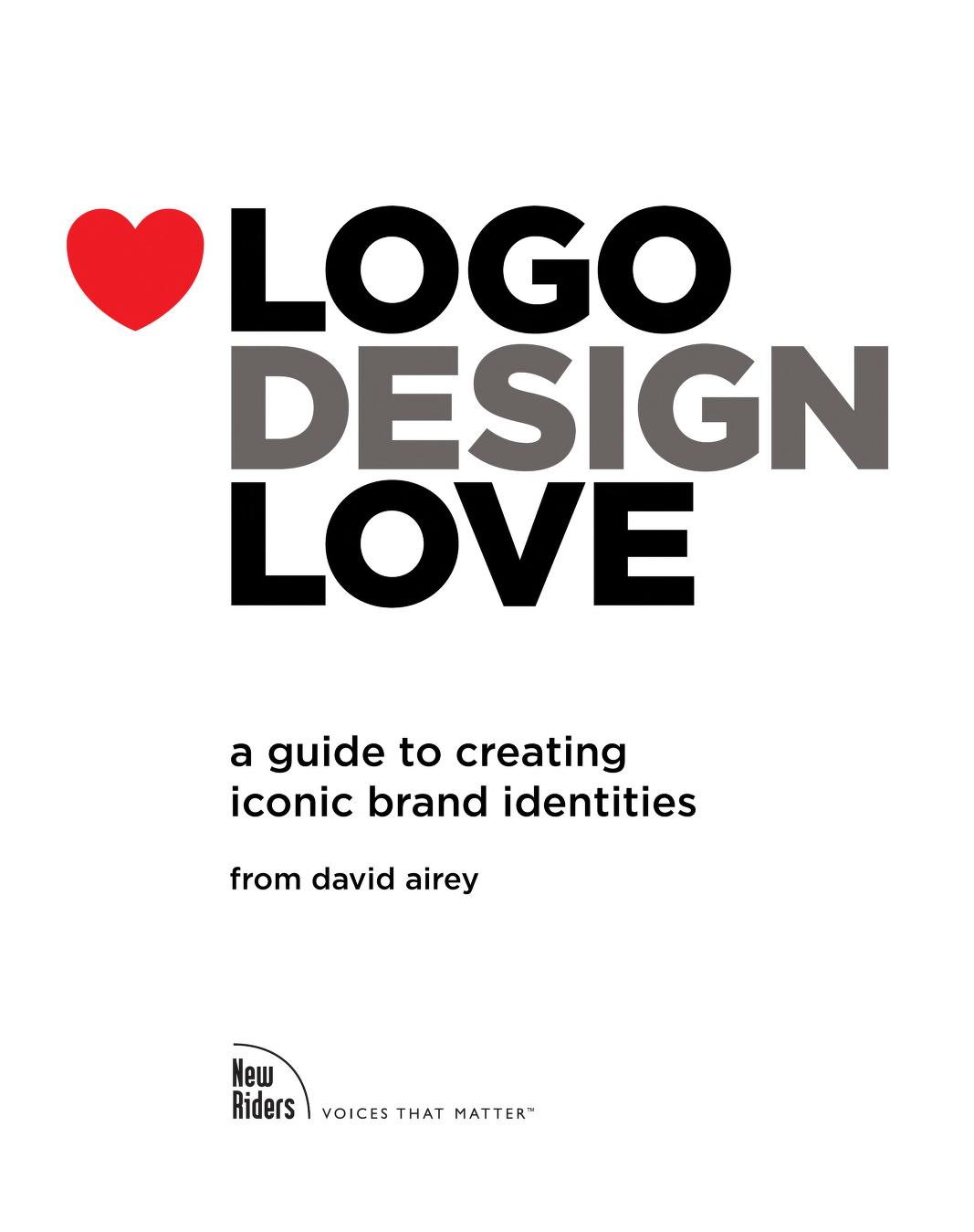
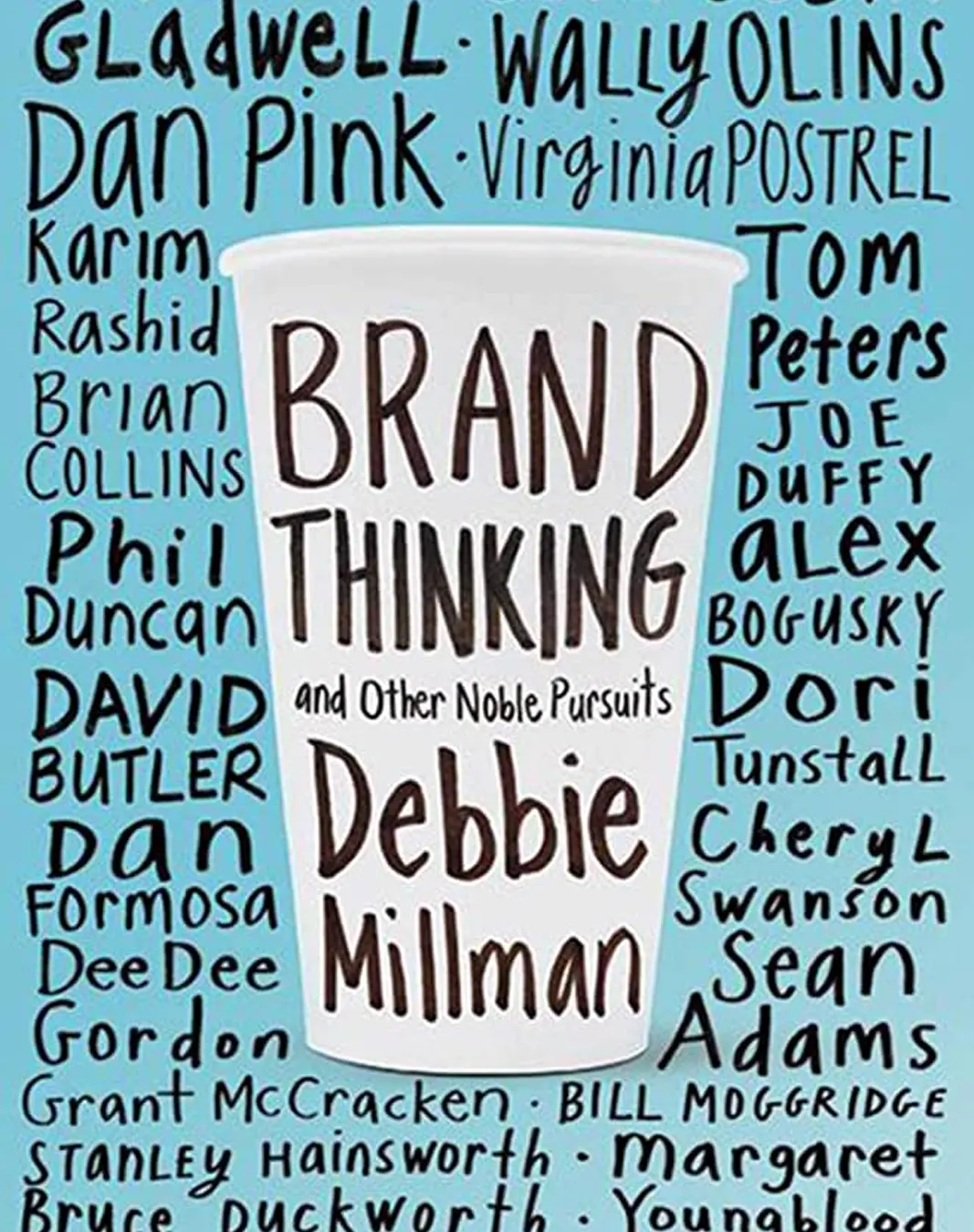

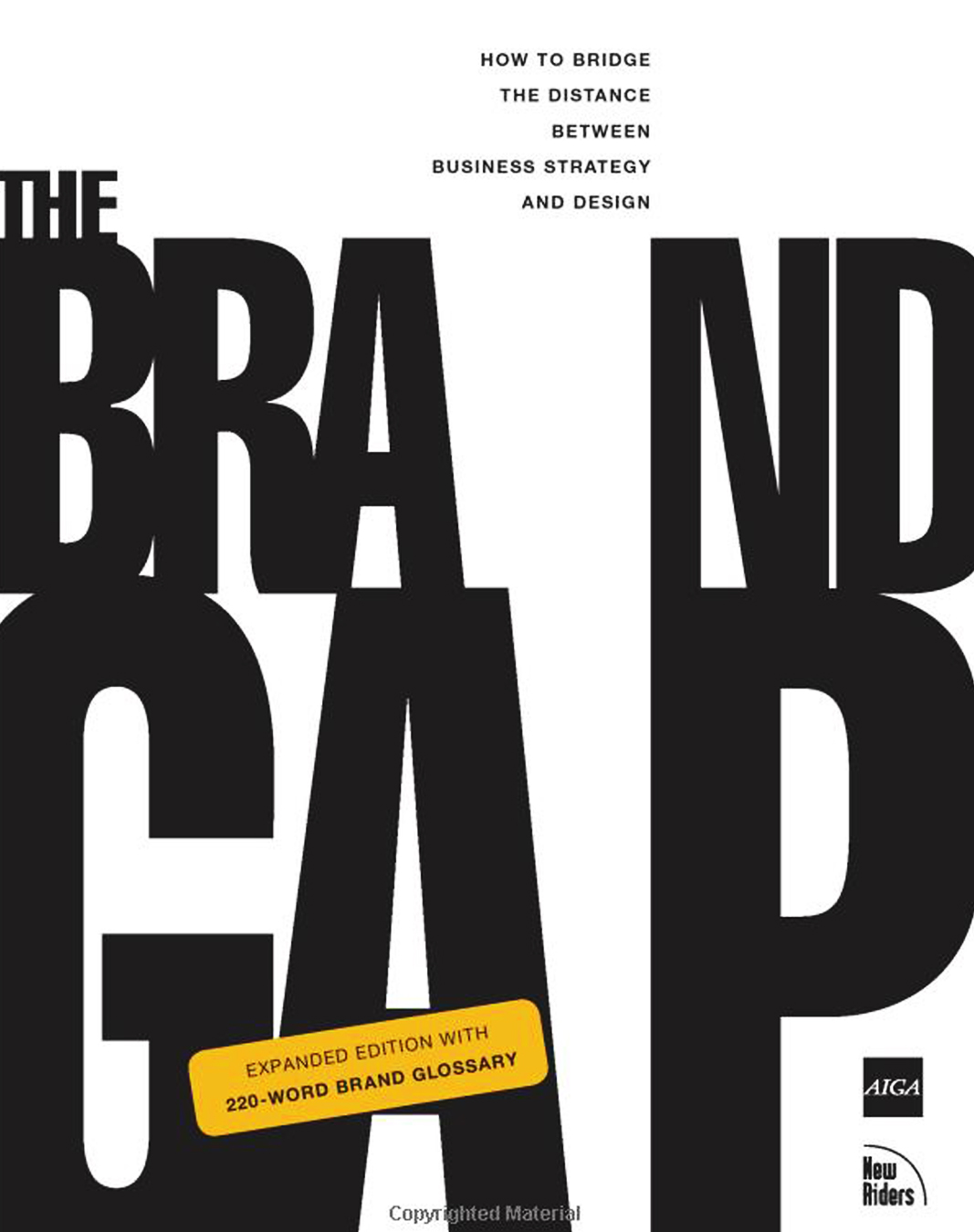
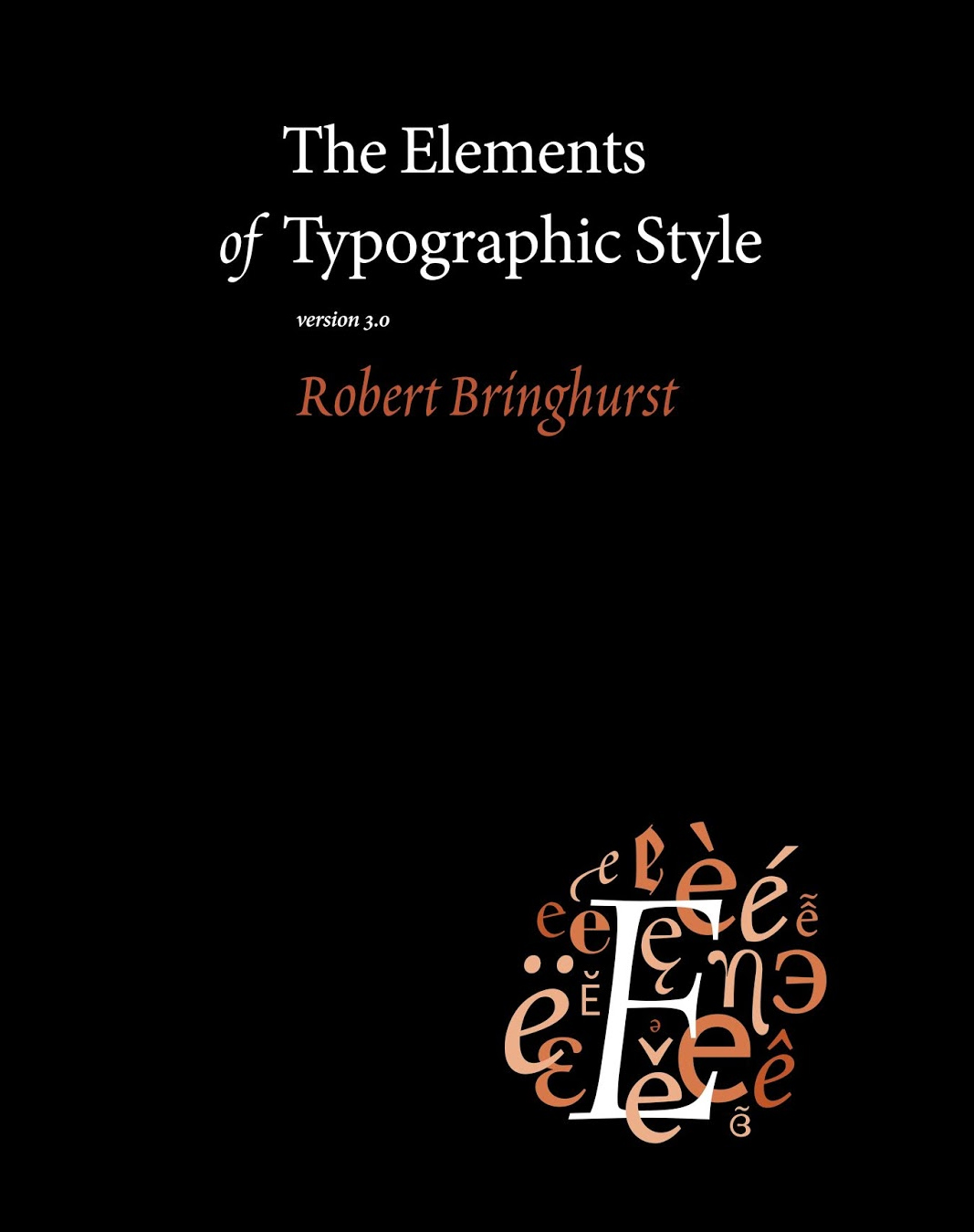
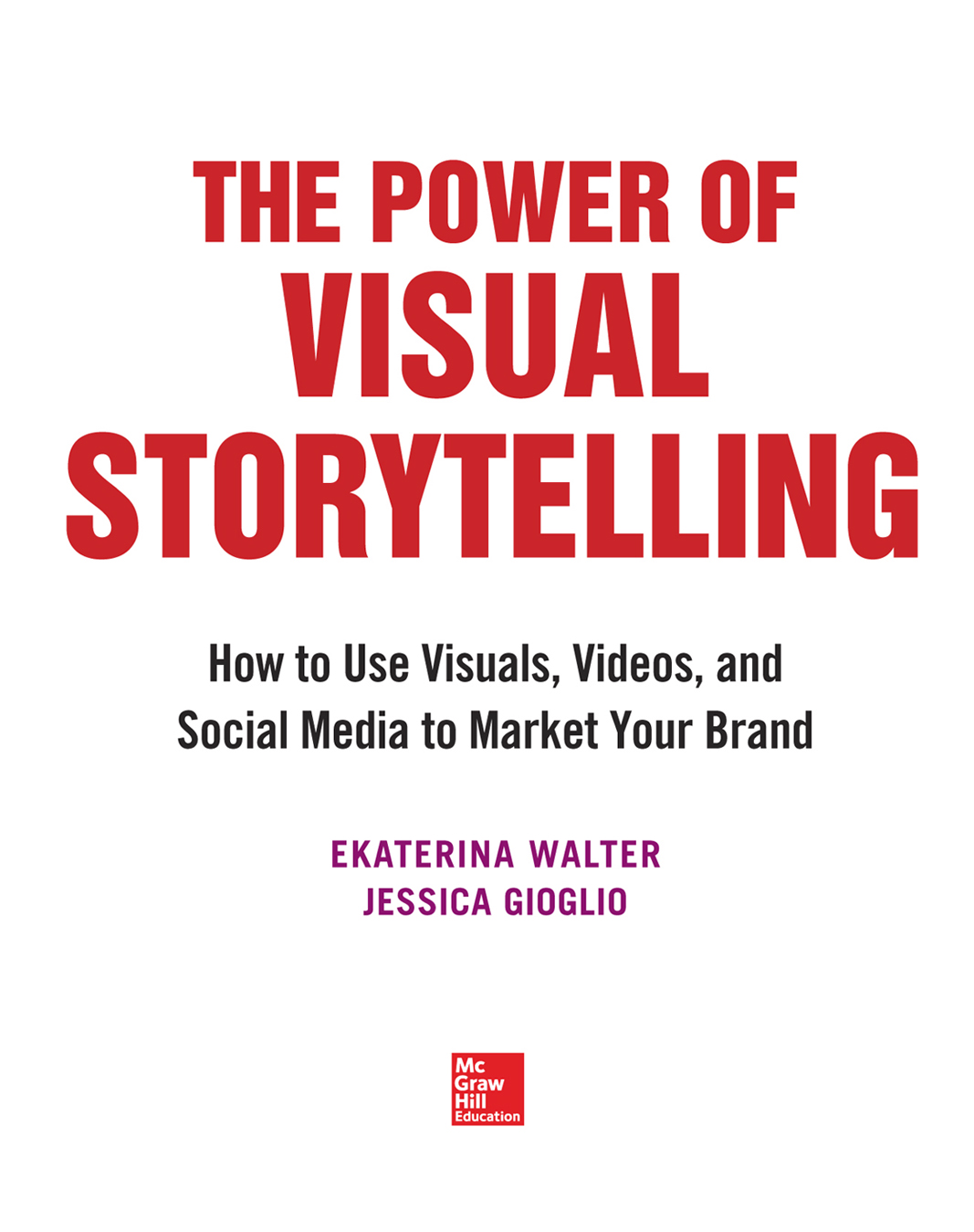
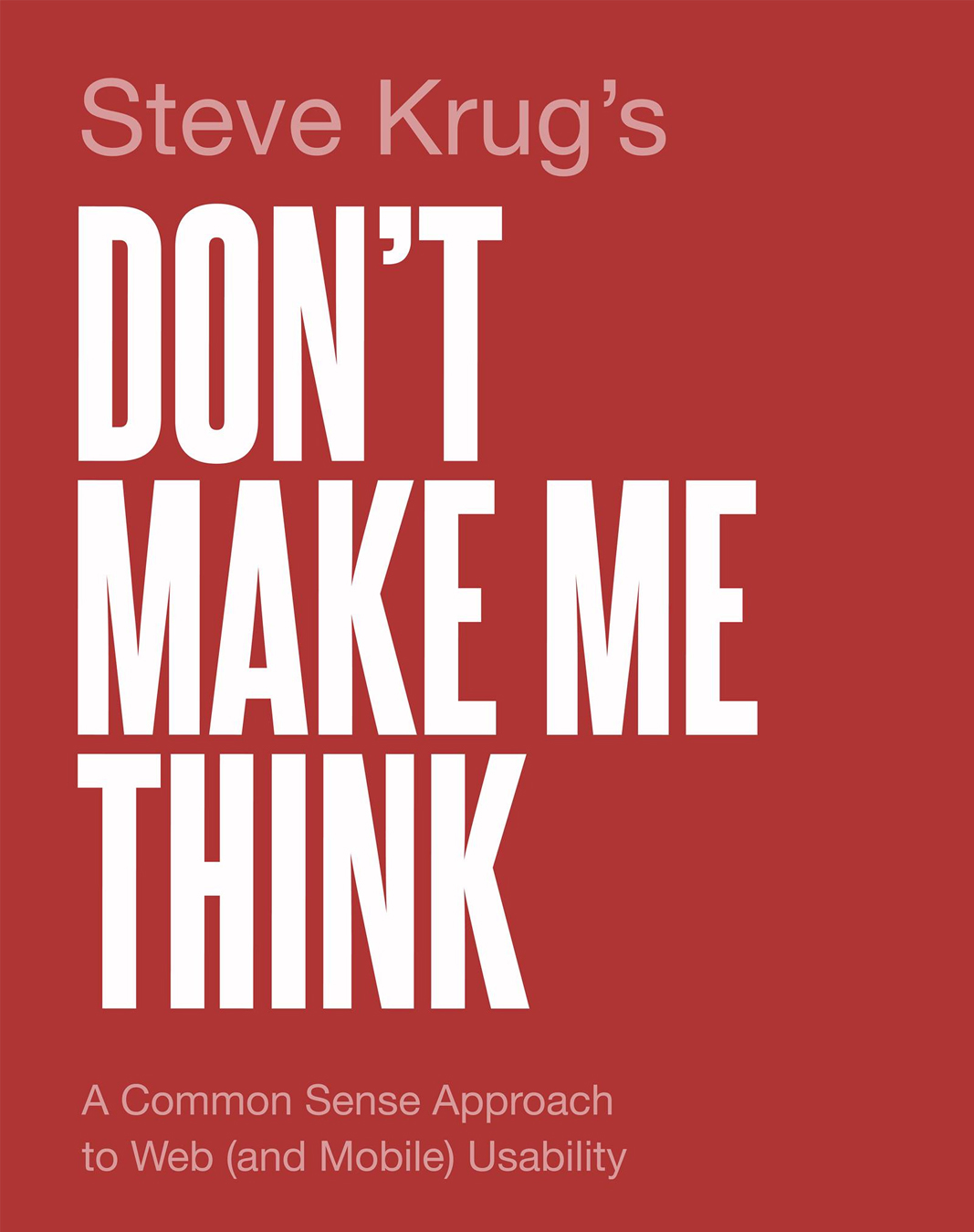

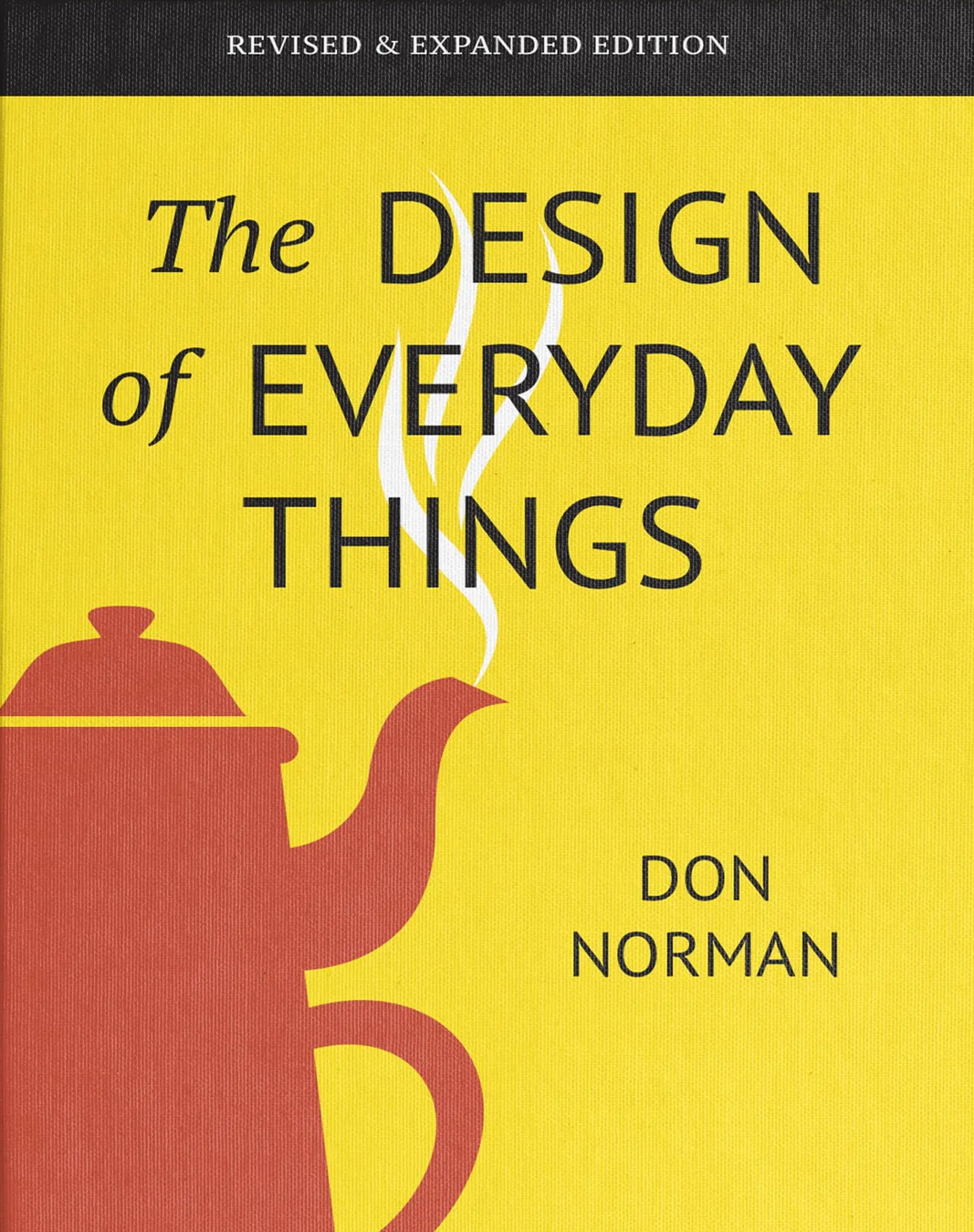
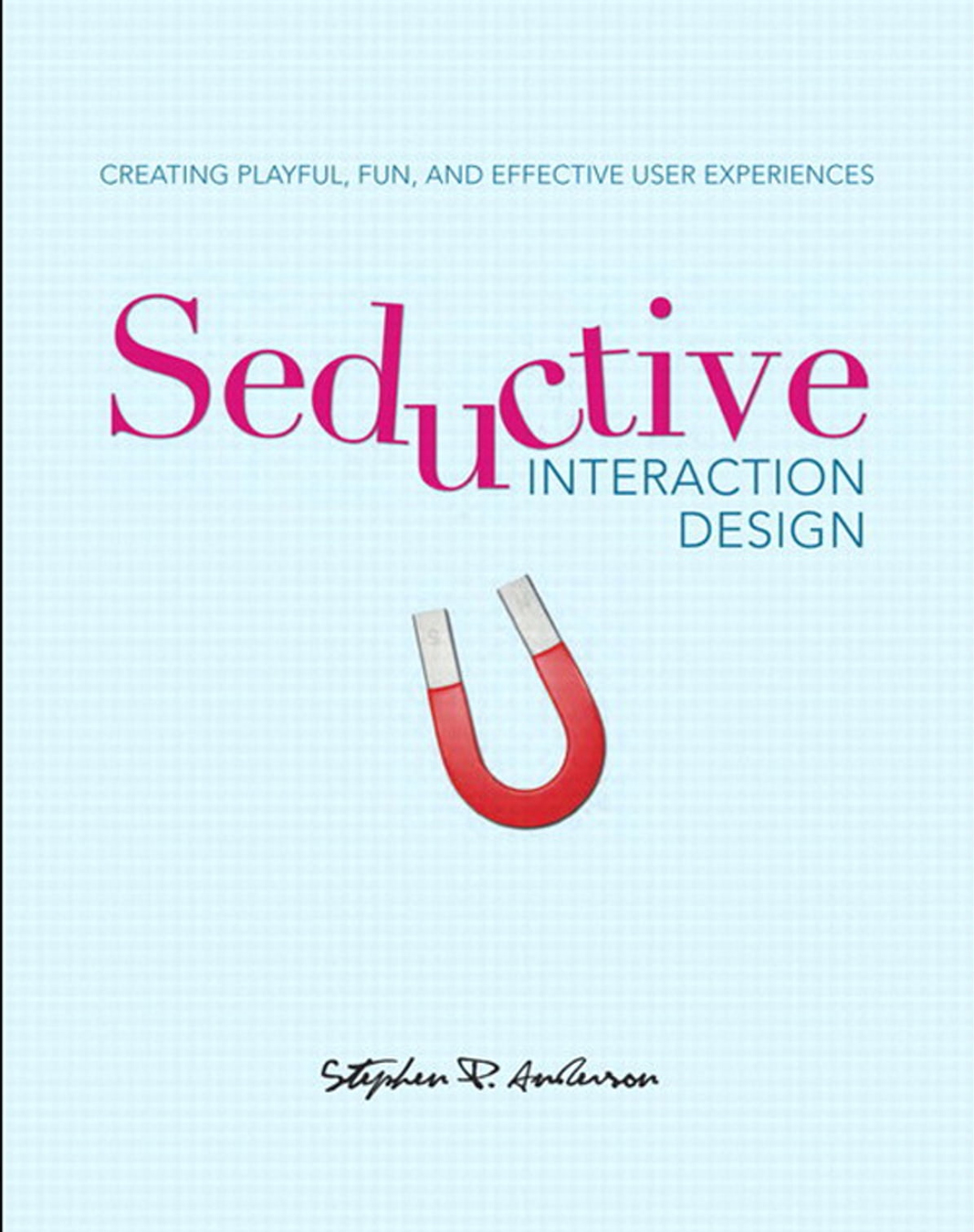

Logo Design Love: A Guide to Creating Iconic Brand Identities by David Airey
“Logo Design Love: A Guide to Creating Iconic Brand Identities” by David Airey is a practical guidebook for graphic designers, entrepreneurs, and marketers who are looking to create strong, memorable, and effective brand identities.
The book offers a step-by-step approach to logo design, from understanding the basics of branding and identity to crafting a brief, developing ideas, and refining the final design. It includes case studies of successful logo designs and real-world examples of branding challenges and solutions.
Airey emphasizes the importance of research and strategic thinking in the logo design process, as well as the need for clear communication and collaboration between designers and clients. He also explores the role of typography, color, and other design elements in creating a distinctive and recognizable brand identity.
“Logo Design Love” is a comprehensive and accessible resource that provides practical advice, inspiration, and insights for anyone interested in the art and science of logo design and branding.

Brand Thinking and Other Noble Pursuits by Debbie Millman
“Brand Thinking and Other Noble Pursuits” by Debbie Millman is a collection of interviews with leading brand and marketing experts who share their insights and experiences on the art and science of branding. The book offers a diverse range of perspectives on branding and its role in society, culture, and business.
Through interviews with individuals such as Seth Godin, Malcolm Gladwell, and Wally Olins, the book delves into the historical, cultural, and psychological aspects of branding. It also explores the evolving nature of branding in the digital age, as well as the ethical and social responsibilities that come with building and managing brands.
“Brand Thinking and Other Noble Pursuits” offers a wealth of knowledge and inspiration for designers, marketers, entrepreneurs, and anyone interested in branding and its impact on the world. The book emphasizes the importance of creativity, innovation, and authenticity in building successful brands, while also highlighting the challenges and opportunities of this constantly evolving field.

Designing Brand Identity: An Essential Guide for the Whole Branding Team by Alina Wheeler
“Designing Brand Identity: An Essential Guide for the Whole Branding Team” by Alina Wheeler is a comprehensive guidebook that covers all aspects of brand identity design. The book provides practical advice, tools, and case studies for designers, marketers, and business leaders who are involved in creating, developing, and managing brand identities.
The book explores the various stages of the brand identity design process, from conducting research and defining brand strategy to designing visual identity and launching the brand. It also covers the principles of typography, color, imagery, and other design elements that make up a cohesive and effective brand identity.
“Designing Brand Identity” emphasizes the importance of collaboration and communication between designers, stakeholders, and the target audience. It also offers insights into the changing landscape of brand identity design in the digital age, as well as the emerging trends and best practices in the field.
Overall, the book is a valuable resource for anyone involved in brand identity design, providing a step-by-step approach and real-world examples that demonstrate the power of effective branding in creating a memorable and successful brand.

“The Brand Gap” by Marty Neumeier
The Brand Gap” by Marty Neumeier is a concise and insightful guide to creating a successful brand strategy. The book explores the intersection between branding and design, and argues that both are essential components of a strong brand.
The book is written in an accessible and engaging style, and is illustrated with a variety of diagrams, charts, and real-world examples. Neumeier’s main thesis is that successful brands must bridge the gap between business strategy and design, and that this requires a deep understanding of the needs and desires of the target audience.
One of the key takeaways from the book is the idea of the “brand promise”, which Neumeier defines as the unique value proposition that a brand offers to its customers. He argues that a strong brand promise can help to differentiate a brand from its competitors and create a lasting emotional connection with customers.
“The Brand Gap” is a valuable resource for anyone interested in branding and design, and provides a useful framework for creating a successful brand strategy. It is a quick read that is packed with insights and actionable advice, making it an ideal choice for busy professionals and entrepreneurs.

“The Elements of Typographic Style” by Robert Bringhurst
“The Elements of Typographic Style” by Robert Bringhurst is widely regarded as one of the most influential and comprehensive books on typography. The book provides a detailed exploration of typography and its many intricacies, covering everything from the history of typefaces to the nuances of kerning and leading.
Throughout the book, Bringhurst emphasizes the importance of typography as a means of communication, arguing that good typography can enhance the clarity and impact of written language. He also emphasizes the importance of careful attention to detail, with a particular focus on the subtleties of spacing, line length, and typeface selection.
One of the strengths of the book is Bringhurst’s clear and engaging writing style. Despite the complex subject matter, he manages to make the text accessible to readers of all levels, whether they are experienced typographers or simply interested in learning more about the field.
“The Elements of Typographic Style” is an essential read for anyone interested in typography, design, or communication. With its insightful analysis, comprehensive coverage, and engaging writing style, it remains a seminal work in the field.

“The Power of Visual Storytelling” by Ekaterina Walter and Jessica Gioglio
The Power of Visual Storytelling” by Ekaterina Walter and Jessica Gioglio is an informative and practical guide to using visual content to tell compelling stories and engage audiences. The book covers a wide range of topics related to visual storytelling, including the use of images, videos, infographics, and social media.
Walter and Gioglio’s writing style is clear and engaging, and they provide a wealth of real-world examples and case studies to illustrate their points. The authors emphasize the importance of understanding your target audience and tailoring your visual content to their needs and preferences.
The book provides practical advice on how to create effective visual content, including tips on visual design, content creation, and distribution. The authors also discuss the role of social media in visual storytelling, and provide helpful guidance on how to use various social media platforms to reach and engage audiences.
“The Power of Visual Storytelling” is a valuable resource for anyone interested in using visual content to tell compelling stories and build a strong brand. The book is well-researched and comprehensive, and provides a range of practical tools and techniques for creating effective visual content. Whether you are a marketer, entrepreneur, or content creator, this book is a must-read for anyone interested in harnessing the power of visual storytelling to drive business growth.

“Don’t Make Me Think” by Steve Krug
“Don’t Make Me Think” by Steve Krug is a classic guide to web usability and user experience design. The book is concise, practical, and filled with helpful examples and illustrations.
Krug’s writing style is clear and engaging, and he emphasizes the importance of designing websites that are intuitive and easy to use. The author provides a range of practical tips and techniques for improving website usability, including the use of clear and concise language, intuitive navigation, and effective visual design.
One of the key strengths of the book is its focus on the user’s perspective. Krug argues that designers should approach website design from the user’s point of view, and create experiences that are both enjoyable and efficient.
“Don’t Make Me Think” is a valuable resource for anyone involved in website design and development. The book is easy to read and provides a range of practical tools and techniques for improving website usability and user experience. Whether you are a designer, developer, or business owner, this book is a must-read for anyone interested in creating websites that are easy to use and meet the needs of their users.

Thinking with Type” by Ellen Lupton
“Thinking with Type” by Ellen Lupton is an essential guide to typography and its role in graphic design. The book is organized into three sections: letter, text, and grid, each of which covers different aspects of typography and design.
Lupton’s writing style is clear and accessible, and the book is filled with helpful illustrations and examples. The author provides a range of practical tools and techniques for working with type, including tips on selecting and pairing fonts, creating hierarchy, and designing for different mediums.
One of the key strengths of the book is its emphasis on the historical and cultural context of typography. Lupton provides a rich history of typography and its role in visual communication, and explains how different styles and techniques have evolved over time.
“Thinking with Type” is a valuable resource for anyone involved in graphic design, typography, or visual communication. The book is comprehensive, well-researched, and provides a range of practical tools and techniques for working with type. Whether you are a designer, educator, or student, this book is a must-read for anyone interested in the art and science of typography.

The Design of Everyday Things by Don Norman
“The Design of Everyday Things” by Don Norman is a classic book on design that explores how the design of everyday objects affects the way people interact with them. Norman provides numerous examples of poorly designed products that frustrate users and cause unnecessary difficulties. He argues that good design should be user-centered and focus on the needs and abilities of the people who will use the product.
The book covers a wide range of design principles and concepts, such as affordances, feedback, and mapping, and explains how they can be applied to create more intuitive and user-friendly products. It also highlights the importance of design in shaping people’s behavior and attitudes towards products and the role of feedback in facilitating learning and improving user experience.
Overall, “The Design of Everyday Things” is a thought-provoking and informative read for anyone interested in design, technology, or human behavior. It offers valuable insights into the design process and provides practical tips for creating products that are both aesthetically pleasing and easy to use.

“Seductive Interaction Design” by Stephen Anderson
“Seductive Interaction Design” by Stephen Anderson is a captivating exploration into the world of design and how it can be used to seduce and engage users. This thought-provoking book takes readers on a journey through the various elements of seductive design, from the use of color and typography to the psychology of human behavior.
Anderson’s unique perspective on design draws on his extensive experience in the field, making the book an insightful read for designers of all levels. He expertly blends theory with practical advice, offering readers actionable tips on how to create designs that captivate and persuade users.
Whether you’re a seasoned designer or just starting out, “Seductive Interaction Design” is a must-read. It’s an engaging and informative book that will change the way you think about design and inspire you to create more compelling experiences for your users.


